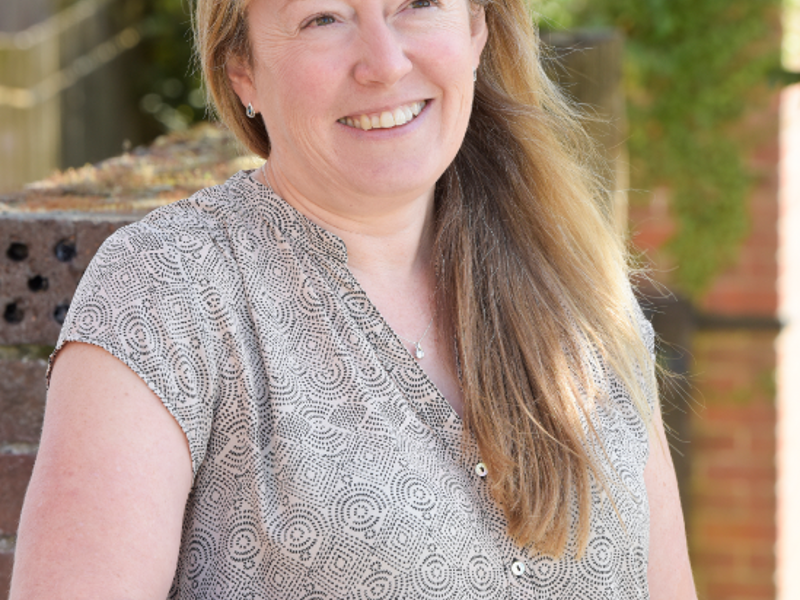Thousands of farmers may soon find their tax affairs much more complicated in the shift towards Making Tax Digital
Further details of the transition towards Making Tax Digital (MTD) have emerged, and it seems likely that for many farming businesses, additional complications (and extra tax charges) are on the horizon.
What’s happening?
In a paper issued on 20 July, HMRC have confirmed from 2023/24 tax for the self-employed will be assessed on the profits arising during the fiscal year, and there will be transitional arrangements in 2022/23 for those businesses which use other year ends for accounting purposes. This will have the effect of bringing multiple accounting years into one tax year. Unlike the change which took place in 1995/96 there will be no averaging calculation, and the figure will simply be all accounting periods ending in 2022/23, plus the profits arising between end of the latest period and 5 April, less any overlap relief brought forward (likely from 1995/96).
What is surprising is the speed with which this has been introduced. It was mentioned in the ‘timely payment’ paper in March and legislation has now been drafted for inclusion in the 2022 Finance Bill, a week after the ‘timely payment’ consultation period ended.
How many will be affected?
The Making Tax Digital shift suggests farming businesses are likely to be particularly affected by the proposals. HMRC haven’t stated how many taxpayers will be affected, only that it should have an impact on 3% of sole traders and 33% of partnerships. However, family partnerships are the most common form of farming structure, and DEFRA statistics show that there are about 180,000 partners, directors, and sole traders in the UK. We can assume that more than half of these individuals are partners. We also know that farming activities do not really fit around a fiscal year end and that the autumn is the natural time for a year end, so logically more than 33% of farming partnerships probably end on dates other than the fiscal year. Taking these factors together, perhaps 40-50,000 farmers may fall within the transitional rules.
How does it work?
Example:
A partnership with two 50% profit share partners draws up its accounts to 30 September. Its profits for the year ending 30 September 2022 are £130,000, and for the year ending 30 September 2023 £92,000. The profits for the tax year 2022 to 2023 for each partner are as follows:
- Current year basis element – year ending 30 September 2022 – 130,000 / 2 = 65,000
- Plus transitional element – 1 October 2022 to 5 April 2023 – (92,000 x 6/12) / 2 = 23,000
Total profits for 2022/23 are £78,000 from which each partner can deduct their overlap relief. Where a partner had profits exceeding what would be the ‘normal’ profit (in this case = £65,000) the excess can be spread over the next five years.
Problem areas
- The transitional year will fall into a period when BPS payments are being phased out and ELM schemes are beginning, so cash-flows and profitability are likely to be fluctuating.
- Set against the backdrop of industry transition, there are likely to be more successions taking place, with all tax implications that they bring.
- Most overlap calculations will go back to 1995/96. Not all businesses will have records going back that far (particularly if they have changed accountants in the meantime) and HMRC have not mentioned they will supply the information. However, the overlap calculation will be based on profits made a quarter of a century earlier, so the amounts may not be significant, particularly where the business has expanded.
- It’s not clear how the five-year spreading will fit into averaging calculations. It’s too soon to speculate, but these could become more complex than they are now.
- There may be higher rate tax implications, and if changes in partnership are already in prospect, detailed planning will need to take place to optimise the tax charges.
- For arable farms, there may be tax mitigation strategies involving the timing of sales, the recognition points of subsidy and the choice of future year ends, either for2022/23 or subsequently.
- All relevant businesses will need to review their capital expenditure programmes (bearing in mind that Annual Investment Allowance of £1m is likely to end in January 2022) to assess when and whether to invest over the next 2-3 years for best effect.
It seems likely that a fair amount of thought and forward planning will need to take place over the next nine months.
Need help?
For more information on any of the above, or to find out more about how we can help with any area of accounting for farms and rural business, please get in touch with your usual contact. You can find contact details on the Our People section of the Larking Gowen website. Alternatively, call 0330 024 0888 or email enquiry@larking-gowen.co.uk.
Alison Smith
Newsletter
Sign up to receive the latest news from Larking Gowen


About the author
Larking Gowen